Can I Do an Ab Workout Standing Up?
 AT Body Sculptors in Louisville, KY, we help you achieve your goals. Getting great looking abs is usually one of those on everyone’s list. Not only do we provide an ab workout you can do standing up, we actually recommend part of your training be on those types of ab exercises. After all, it’s how the world will see you most of the time, so it mimics your everyday movements. Standing ab exercises also work the major muscles of the hip flexors and the obliques. They help you improve your range of motion and work all the ab muscles.
AT Body Sculptors in Louisville, KY, we help you achieve your goals. Getting great looking abs is usually one of those on everyone’s list. Not only do we provide an ab workout you can do standing up, we actually recommend part of your training be on those types of ab exercises. After all, it’s how the world will see you most of the time, so it mimics your everyday movements. Standing ab exercises also work the major muscles of the hip flexors and the obliques. They help you improve your range of motion and work all the ab muscles.
You’ll give your core muscles a workout with standing ab exercises.
Not only will you get the benefits of regular mat exercises, you’ll get other benefits, too. Standing ab exercises strengthen your core muscles. They add gravity to the mix, so they increase the difficulty, while also improving your balance and posture. They train you to stand tall doing daily activities as it builds back, ab and core muscles in the process. Best of all, standing ab exercises can be done anywhere, like hotel rooms or places where you don’t want to lay on the floor.
If you’ve done a bicycle exercise laying down, the standing form should be easy.
The two exercises are similar, but the standing one requires balance. Start with your feet together and your knees slightly bent. Put your hands behind your head and lift your right heel. Hold your abs tight as you lift the right knee up as high as possible, while you rotate your shoulders toward your knee, touching the left elbow to the knee if you can. Put that foot back on the floor and repeat. Then do the other side.
A standing pike crunch can work wonders on your abs.
This one works your hip flexors and also your core. Stand with feet together then raise your hands over your head as you raise one foot in front of you. Lower your arms as you try to touch your foot, then slowly lower the foot back down to the ground, while you raise your arms back in the air. Going slowly makes it more difficult, but also works the abs more. Make sure the motion is controlled. It may take you a while to do that. Keep repeating the motion of touching your toes and raising back to upright position as you lower your leg, then work the other leg.
- Standing ab workouts are superior to ones laying down if you have a neck injury or find it difficult to get up and down due to back or knee injuries.
- You can use those few minutes at work to get an ab workout. Do a plank. Not on the floor, do a desk plank. Lean forward putting your hands on your desk and keeping your legs and body straight. Hold.
- Another easy exercise to do anywhere and sprinkle throughout the day is a side twist. Twist to the left as far as you can go, then twist to the right. You can do it in a chair, but put your hands behind your head when you do.
- If you have a physical limitation that requires limiting mat exercises, or simply want standing ab exercises you can do on the go, our personal trainers will be happy to create an entire workout for you.
For more information, contact us today at Body Sculptors

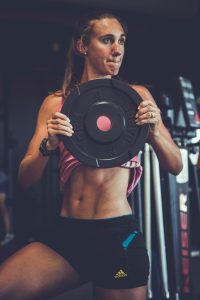
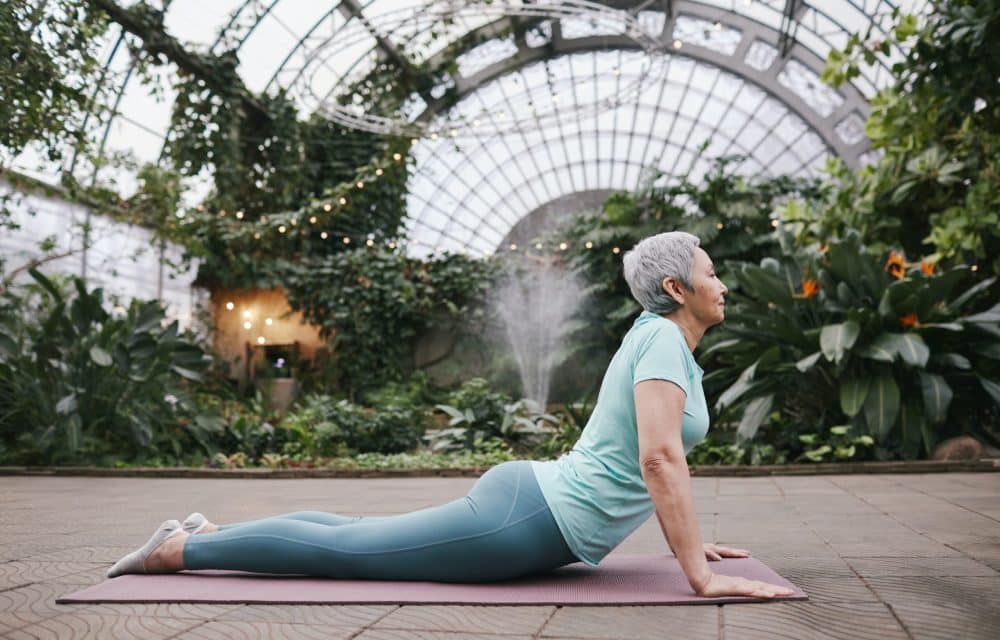
 Your nutritional needs often change as you age, we know that at Body Sculptors in Louisville, KY. It’s why we create individualized eating plans. No two people are alike and you may not be like your younger self, either. Even though you need all the building blocks you needed in your youth, your body may not be as efficient at absorbing them. Eating healthy snacks and healthy meals can help reduce the potential for malnutrition and nutrient deficiencies.
Your nutritional needs often change as you age, we know that at Body Sculptors in Louisville, KY. It’s why we create individualized eating plans. No two people are alike and you may not be like your younger self, either. Even though you need all the building blocks you needed in your youth, your body may not be as efficient at absorbing them. Eating healthy snacks and healthy meals can help reduce the potential for malnutrition and nutrient deficiencies.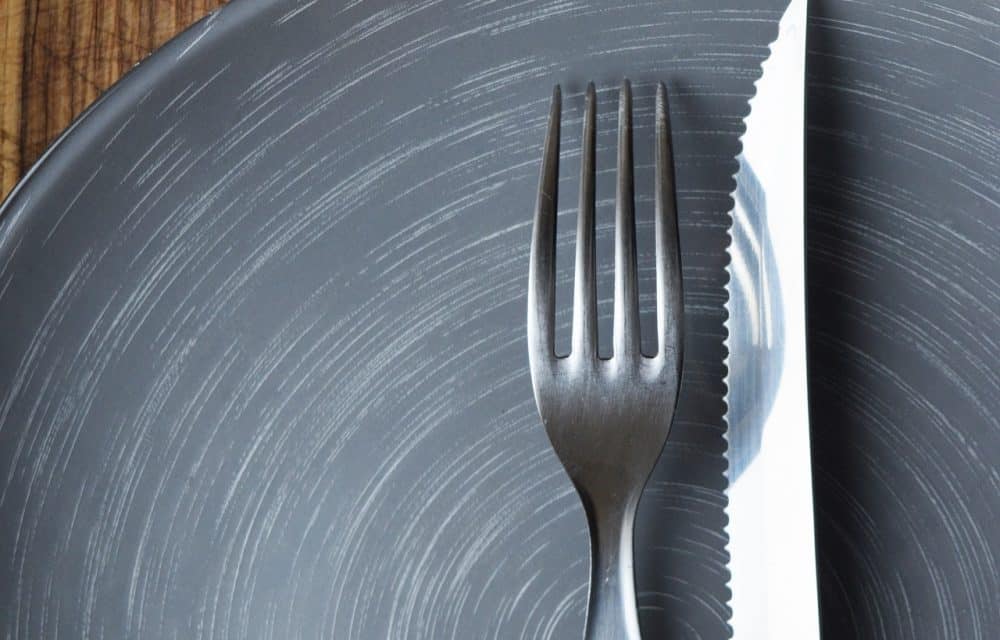
 Intermittent fasting—IF—is one of the most popular modified ways of eating that can also help you lose weight. It’s not about what you eat, although you should eat a healthy diet, but about when you eat. While there are all types of intermittent fasting, from eating very light on certain days of the week and regular on others, to eating between certain hours or skipping meals for several days. The latter is not recommended unless your in good health, since skipping food for several days can actually slow your metabolism. What does work is eating between certain hours, which gives your digestion a bit of a break as well.
Intermittent fasting—IF—is one of the most popular modified ways of eating that can also help you lose weight. It’s not about what you eat, although you should eat a healthy diet, but about when you eat. While there are all types of intermittent fasting, from eating very light on certain days of the week and regular on others, to eating between certain hours or skipping meals for several days. The latter is not recommended unless your in good health, since skipping food for several days can actually slow your metabolism. What does work is eating between certain hours, which gives your digestion a bit of a break as well.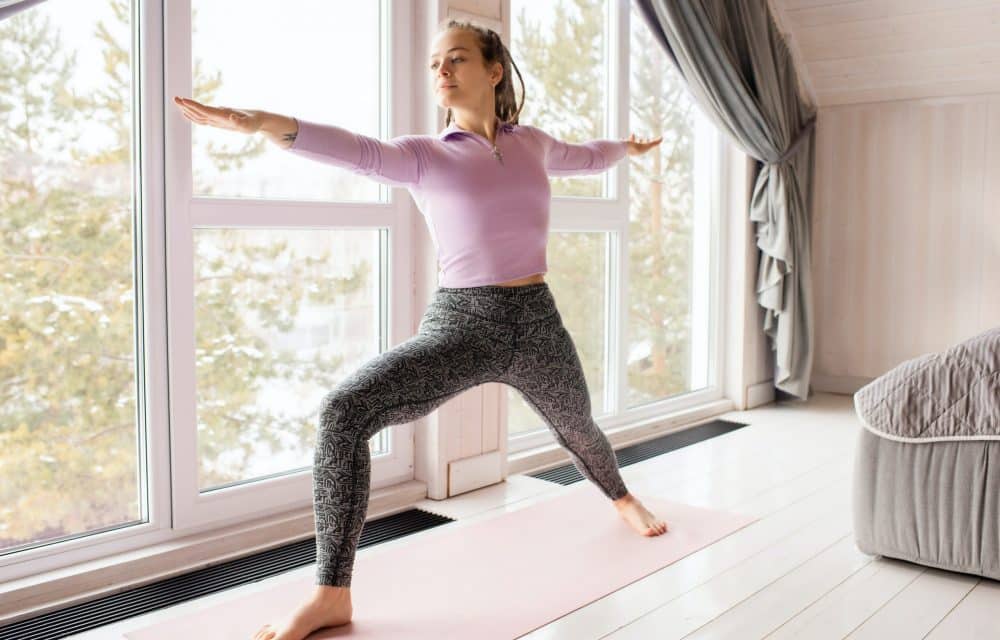
 When you workout at the gym, you’re doing indoor exercises that can also be done outside the gym. However, most people don’t have the gym equipment in their home. That’s why bodyweight exercises are often one of the most popular at home/in home ones to do. Bodyweight exercises include everything from push-ups to squats. As the name implies, they use the weight of the body instead of barbells or dumbbells.
When you workout at the gym, you’re doing indoor exercises that can also be done outside the gym. However, most people don’t have the gym equipment in their home. That’s why bodyweight exercises are often one of the most popular at home/in home ones to do. Bodyweight exercises include everything from push-ups to squats. As the name implies, they use the weight of the body instead of barbells or dumbbells.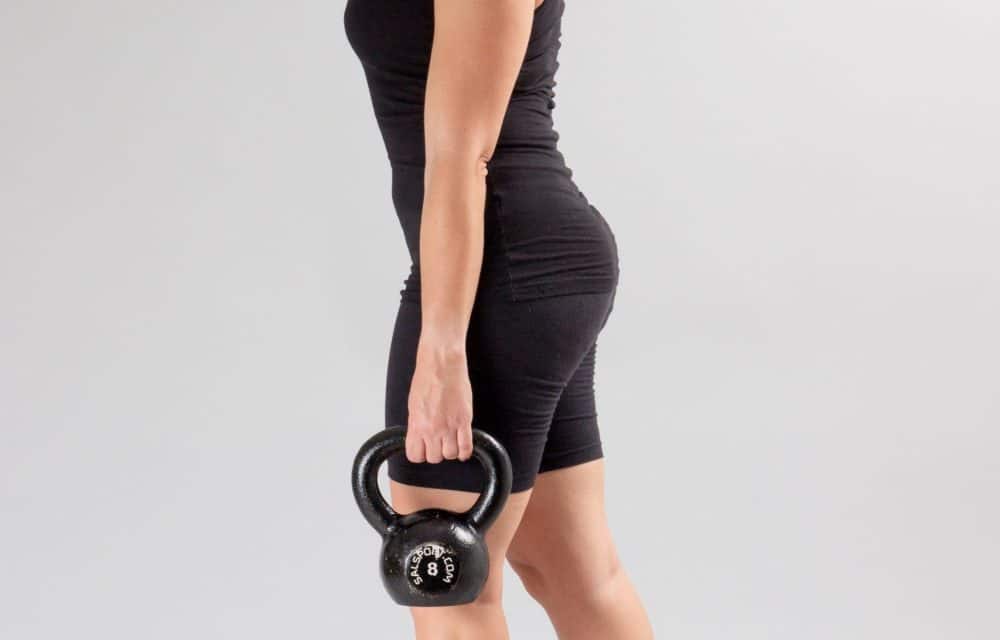
 America is a nation of workers and many take pride in how hard they work. However, balancing work and health is important. Some people think it’s selfish to take care of themselves. It’s not. In fact, it’s selfish not to take care of yourself. If your job is taking over your life and you don’t have time to do the things that make you healthy, one day it will all catch up with you. Then the stresses of work and lack of self-care will catch up. Not only will you have to miss work, you’ll have to have someone else take care of you.
America is a nation of workers and many take pride in how hard they work. However, balancing work and health is important. Some people think it’s selfish to take care of themselves. It’s not. In fact, it’s selfish not to take care of yourself. If your job is taking over your life and you don’t have time to do the things that make you healthy, one day it will all catch up with you. Then the stresses of work and lack of self-care will catch up. Not only will you have to miss work, you’ll have to have someone else take care of you.
 If you’re like many people, simply deciding you’re going to workout because someone said it was good for you isn’t going to help you stick with a fitness program. Somehow, eating a nutritious meal because it’s good for you, sounds like something mothers tell their children and if you are like most people, it didn’t make you want to eat Brussels sprouts. Having a motivation to stay healthy or get healthy can be your focus, spurring you on when you’d rather grab an order of fries than a salad or watch the latest Netflix release.
If you’re like many people, simply deciding you’re going to workout because someone said it was good for you isn’t going to help you stick with a fitness program. Somehow, eating a nutritious meal because it’s good for you, sounds like something mothers tell their children and if you are like most people, it didn’t make you want to eat Brussels sprouts. Having a motivation to stay healthy or get healthy can be your focus, spurring you on when you’d rather grab an order of fries than a salad or watch the latest Netflix release.
 If you’re living in Louisville, KY, or other area where it can get really cold, you may wonder whether it’s healthy to run in the cold. In most cases, the answer is yes, depending on how you dress and how extreme the cold weather is. However, cold weather may make your heart work harder. It causes your blood vessels to constrict so there’s more blood going to vital organs like your brain. It causes an increased risk for blood clots that can lead to heart attack or stroke.
If you’re living in Louisville, KY, or other area where it can get really cold, you may wonder whether it’s healthy to run in the cold. In most cases, the answer is yes, depending on how you dress and how extreme the cold weather is. However, cold weather may make your heart work harder. It causes your blood vessels to constrict so there’s more blood going to vital organs like your brain. It causes an increased risk for blood clots that can lead to heart attack or stroke.
 We all know that eating a tub of ice cream isn’t good for you, but would it be better if you ate a tub of frozen yogurt. Since it first hit the market, it’s been a huge hit. After all, yogurt is a healthy option, but, is it? Frozen yogurt still has sugar and flavoring added. If you go to a fancy frozen yogurt shop, you can add tons of toppings that would make a candy manufacturer blush. That can’t possibly be healthy. The answer is that it isn’t.
We all know that eating a tub of ice cream isn’t good for you, but would it be better if you ate a tub of frozen yogurt. Since it first hit the market, it’s been a huge hit. After all, yogurt is a healthy option, but, is it? Frozen yogurt still has sugar and flavoring added. If you go to a fancy frozen yogurt shop, you can add tons of toppings that would make a candy manufacturer blush. That can’t possibly be healthy. The answer is that it isn’t.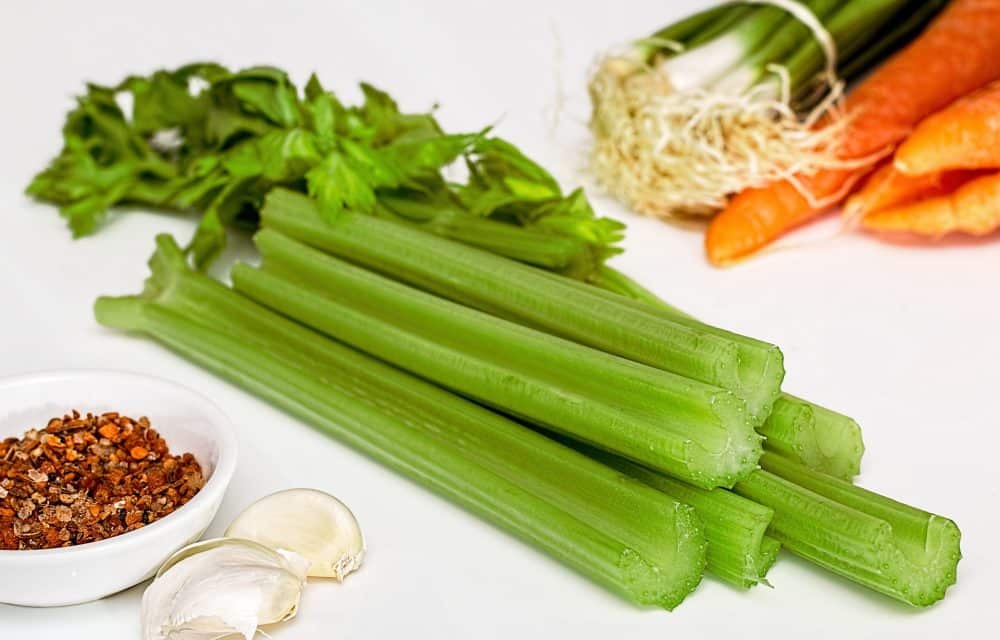
 When you think of the benefits of celery, you immediately think of it as a low calorie food that’s good for dieters. Celery is a member of the parsley family. In fact, it’s name came from the Italian word, seleri and the French word, celeri that’s derived from the Greek word selinon that means parsley. It was first used for medicinal purposes in ancient times, often for treating problems with nervousness, hysteria and insomnia. It wasn’t used for food until the early 1600s by the French.
When you think of the benefits of celery, you immediately think of it as a low calorie food that’s good for dieters. Celery is a member of the parsley family. In fact, it’s name came from the Italian word, seleri and the French word, celeri that’s derived from the Greek word selinon that means parsley. It was first used for medicinal purposes in ancient times, often for treating problems with nervousness, hysteria and insomnia. It wasn’t used for food until the early 1600s by the French.